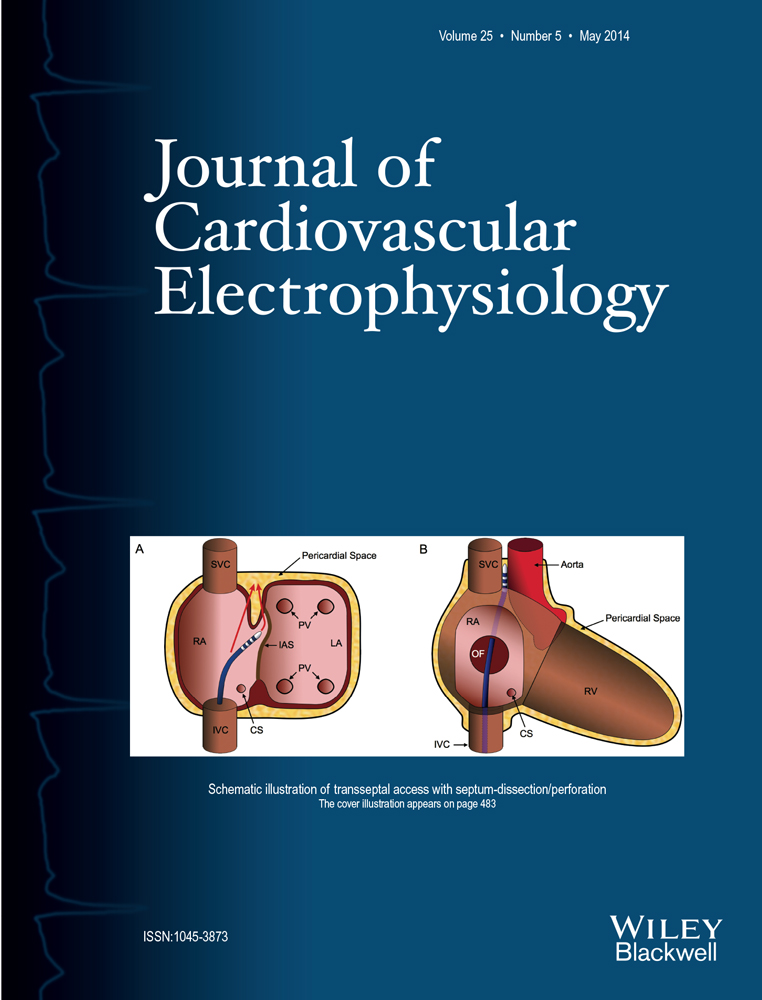The Incidence of Phrenic Nerve Injury During Pulmonary Vein Isolation Using the Second-Generation 28 mm Cryoballoon
A. Metzner received speaker's honoraria from Medtronic. E. Wissner received speaker's honoraria from Medtronic and is a member of Medtronic's advisory board. K.H. Kuck received a research grant and speaker's honoraria from St. Jude Medical. A. Rillig received travel grants from St. Jude Medical. R. Tilz participated on research grants supported by St. Jude Medical and Hansen, and received compensation from Biosense Webster for participation on a speaker's bureau. Other authors: No disclosures.
The Incidence of Phrenic Nerve Injury
Introduction
The second-generation cryoballoon (CB; Arctic Front Advance, Medtronic Inc., Minneapolis, MN, USA) has demonstrated greater procedural efficacy compared to the original CB. Whether increased efficacy translates into a higher incidence of phrenic nerve (PN) injury needs further evaluation.
Materials and Methods
In patients with drug-refractory paroxysmal atrial fibrillation (AF) or short-standing persistent AF, pulmonary vein isolation (PVI) was performed using the 28 mm second-generation CB. During cryoenergy delivery along the septal PVs, continuous PN pacing was performed. The freeze cycle was aborted in case of weakening or loss of diaphragmatic contraction.
Results
A total of 115 patients (42 female, mean age 61 ± 11 years, mean LA-diameter 43 ± 6 mm) with a history of paroxysmal AF (93/115 patients [81%]) or short-standing persistent AF (22/115 patients [19%]) underwent CB-based PVI. A total 445 of 448 (99%) PVs were isolated successfully. PN palsy (PNP) occurred in 4 of 115 (3.5%) patients, while applying cryoenergy to the right superior PV. Despite prompt interruption of the freezing cycle, PN function failed to recover during the periprocedural phase. PN recovery was observed as late as 10 months postablation.
Conclusions
Using the second-generation 28 mm CB, PNP occurred in 4 of 115 (3.5%) patients. While 1 of 4 PNP recovered 10 months after ablation, long-term outcome in the remaining 3 patients is currently unknown due to the rather short follow-up period.




